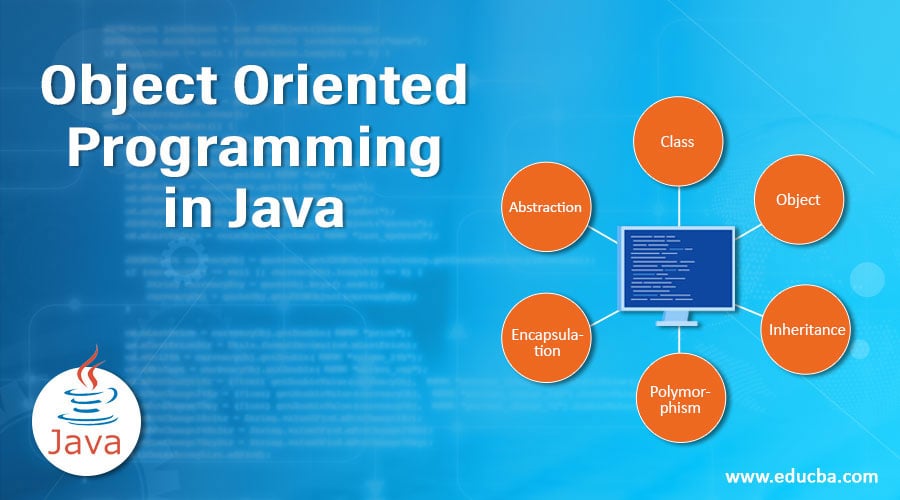


There is another special inheritance type which is known as Hybrid Inheritance. That kind of inheritance type is known as Hierarchical Inheritance. If there are classes called A as super classes and B, C are sub classes, those sub classes can inherit properties and methods of class A. Interfaces are used for implementing Multiple Inheritance in these languages. It is not supported in programming languages such as Java or C#. Multiple Inheritance is supported in programming language C++. If there are three super classes called A, B, C and D is the sub class, then class D can inherit from A, B and C. In Multiple Inheritance, there are many super classes and one sub class. Then B inherits from A and C inherits from B, it is a Multi-Level Inheritance. If there are three classes as A, B and C and A is the super class and B is the intermediate class. The sub class inherits from the intermediate class. The intermediate class inherits from super class. In Multi-Level Inheritance there are three levels of classes. There is only one level therefore, it is called as single-level inheritance. If class A is the super class and class B is the sub class, all the properties and methods of class A is accessible by class B. In Single Inheritance, there is a one super class and one sub class. They are Single-Level Inheritance, Multi-Level Inheritance, Multiple Inheritance, Hierarchical Inheritance and Hybrid Inheritance. The derived class is called the subclass or child class. The older class is called the base class, superclass or parent class.
#Inheritance concept in object oriented programming code#
Inheritance is useful for code reusability. Even there is no sum() method in class B it is inherited from class A. Reusing the properties and methods in an existing class to create a new class is known as Inheritance. The sum() method of class A can be used in class B using extend keyword. OverloadingĪccording to the above program, class A has method sum() and class B has method sub(). Polymorphism can be divided into two categories. Polymorphism is to indicate multiple forms. Side by Side Comparison – Polymorphism vs Inheritance in OOP in Tabular Form Similarities Between Polymorphism and Inheritance in OOPĥ. The key difference between Polymorphism and Inheritance in OOP is that Polymorphism is the ability of an object to behave in multiple ways and Inheritance is to create a new class using properties and methods of an existing class. This article discusses the difference between Polymorphism and Inheritance in OOP.

OOP contains four pillars such as Inheritance, Polymorphism, Abstraction and Encapsulation. A class in OOP is a blueprint to create an object. Object-oriented programming is a methodology to design a program using classes and objects. Many programming languages support object-oriented programming. Object-Oriented Programming (OOP) is commonly used to develop software. Key Difference – Polymorphism vs Inheritance in OOP


 0 kommentar(er)
0 kommentar(er)
